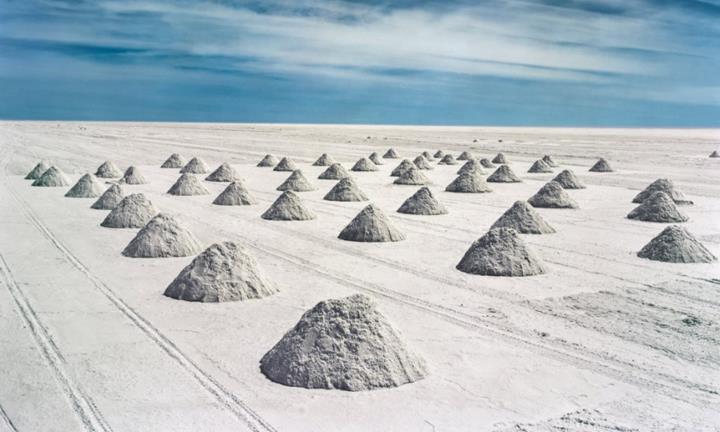Have you ever wondered what powers your cellphone, laptop, and electric vehicle? If so, the answer is lithium-ion batteries. As a result, investing in lithium has steadily been on the rise.
Many investors are following the journey of Elon Musk and Tesla Motors’ (NASDAQ:$TSLA) lithium-ion battery gigafactories, however, these are not the only lithium-ion battery factories out there. Contrary to popular belief, there is more to the lithium market than just electric vehicle batteries. If you are new to investing in lithium, here are five facts about lithium that you should know.
1. On the periodic table, Lithium is the lightest metal
About half as dense as water, Lithium is the lightest metal on the periodic table. Due to its high heat, lithium is particularly useful when producing heat-resistant glass. Additionally, lithium is useful in batteries as it has electrochemical potential.
2. Lithium is found in both hard-rock deposits and brines
Found all over the world, Lithium can be found in hard-rock deposits, clays, and brines. For example, Lithium can be found in Australia’s Greenbushes mine, which is a major hard rock deposit. In regards to lithium being found in brines, most of the world’s lithium brine output comes from saline lakes and salt crusts in Chile and Argentina. Chile, Argentina, and Bolivia are the three South American countries which make up the ‘lithium triangle’.
It is important to note that several companies involved in lithium output are also looking to produce clay-based lithium deposits.
3. The demand for lithium comes from other sectors, not just the battery sector
While a majority of the demand for lithium comes from the battery sector of the industry, there are other sectors that contribute to the demand for the metal.
A report from Stormcrow Capital notes that, in 2013, rechargeable batteries made up 29% of the demand for lithium, and the remainder of the market was made up by numerous industrial end uses. According to the US Geological Survey, that portion increased to 39% in 2016, despite a large section of the market still being made up by ceramics and glass (roughly 30%), lubricating greases (8%), and various other industrial uses.
As mentioned, Lithium is particularly useful in the production of heat-resistant glass, but it is also used in lubricants and pharmaceuticals.
4. There are numerous types of lithium products
Once lithium is distilled from a deposit, it is often turned into lithium metal, lithium hydroxide, or lithium carbonate. Lithium-ion batteries require cathode material, which is made from battery-grade lithium carbonate and lithium hydroxide. For either material to be considered battery grade, contaminants have to be removed.
Some investors are turned off by hydroxide as it tends to be more expensive, but with that said, the extra money is worth the investment. Lithium hydroxide produces the material needed for lithium-ion batteries much more efficiently, and it is necessary for certain types of lithium-ion battery cathodes, including nickel-cobalt-aluminum oxide, and nickel-manganese-cobalt oxide.
Additionally, there is a market for technical-grade lithium. Products such as technical-grade lithium concentrate will sell for a cheaper price in comparison to battery-grade products. Technical-grade lithium is also used in the production of ceramics and glass. Keep in mind that technical-grade lithium products are required to have a low concentration of iron.
5. Prices are difficult to determine
Before investing in lithium, it is important to note that lithium is not traded on a public exchange and the world’s top producers of the metal do not publish statistics. Until recently, the majority of the world’s lithium was produced by the “Big 3”.
The Big 3 consisted of a few sellers, who had great deal influence over the market. This oligopoly of producers consisted of Rockwood Lithium (NYSE:$ALB) (currently owned by Albemarle), Sociedad Quimica y Minera de Chile (NYSE:$SQM), and FMC (NYSE:$FMC). Over the past few years, China has obtained a larger share of the lithium market despite a continued lack of information on pricing.
If you are interested in lithium investing, seek out professionals in the lithium market who can provide you with price forecasts and real-time market reports.
Featured Image: twitter











